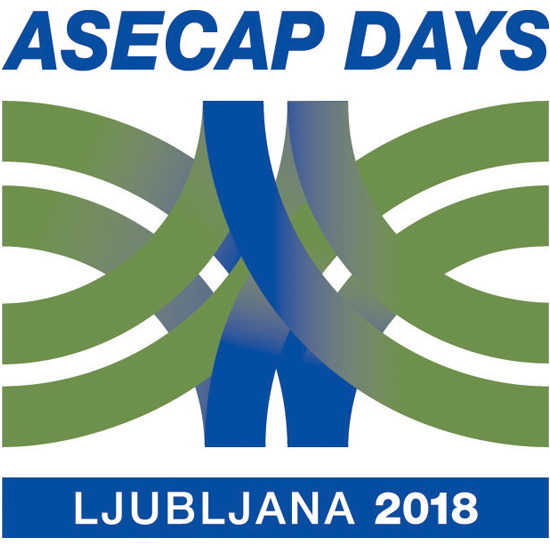
THE ROLE OF THE INFRASTRUCTURE INVESTMENTS IN THE NEW EU ROAD MOBILITY PACKAGE
The 46th ASECAP Study & Information Days, held in Ljubljana from 6th to 8th June 2018, focused on the new EU road mobility package and the role of infrastructure investments therein.
As part of the road mobility package, two legislative proposals were at the center stage of the discussions during the ASECAP Days in Ljubljana, namely:
- the proposal for a Directive on the interoperability of electronic road toll systems and facilitating cross-border exchange of information on the failure to pay road fees in the Union (the “EETS” Directive);
- the proposal for a Directive amending Directive 1999/62/EC on the charging of heavy goods vehicles for the use of certain infrastructure (the so-called “Eurovignette” Directive).
The 2018 ASECAP Days looked at how toll the infrastructure investments made by the toll motorway operators responded to the new EU legislative package and what remained to be done in order to meet and, in particular, finance the new mobility challenges.
The first day was marked by a political session that looked into the financial challenges and investments risks in the context of a fast-changing road transport reality.
Furthermore, during the day, three policy sessions were devoted to the following issues:
- The EU proposed legislative package on EETS & Eurovignette
- Synergies of smart vehicles and roads: the way ahead
- Valletta Declaration on road safety and the role of the road infrastructure operators therein
Two technical sessions and one marketing session mainly shaped the second day.
The two technical sessions provided an insight into the following themes:
- Cooperative intelligent transport systems
- Modelling future mobility: an innovative, safe and green traffic management of mix traffic flows
Finally, as a closing session, the EU and US - through IBTTA - held a debate on how to develop transport synergies in Europe, America and other continents by coordinating their political, economic and technical tools.







